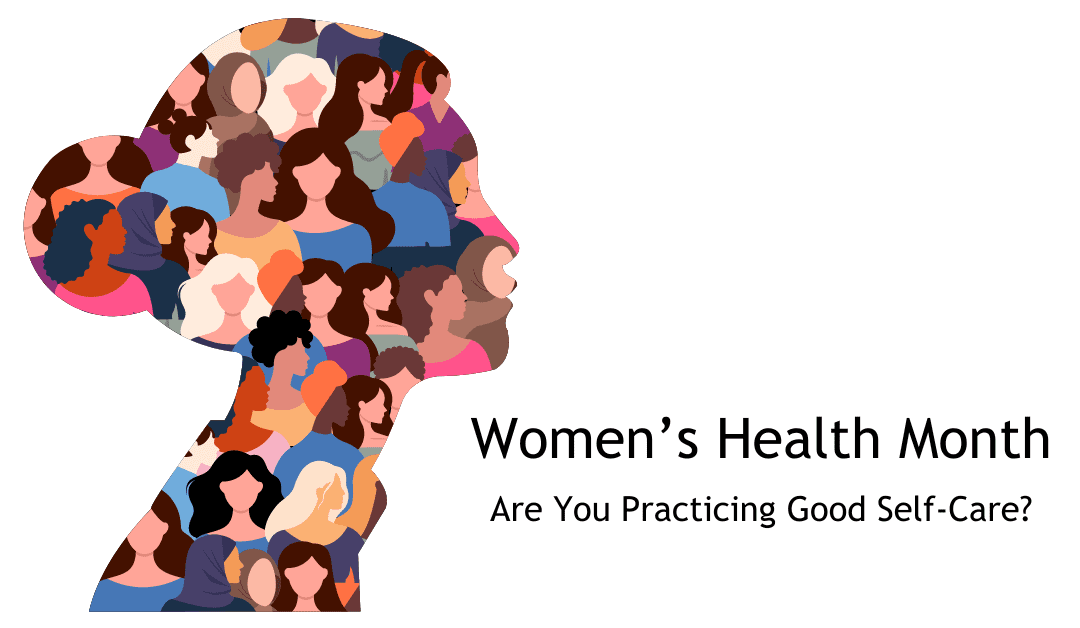
by Bag It Team | May 7, 2024 | Educational Articles
May marks Women’s Health Month, a time to raise awareness about the unique health needs of women. The demands of work and family, among other barriers, can greatly affect many women’s abilities to take care of their own health. This month’s spotlight on women serves as a gentle reminder for them to prioritize their own physical, mental, and emotional well-being.
Consider the “whole” you, with these practical tips: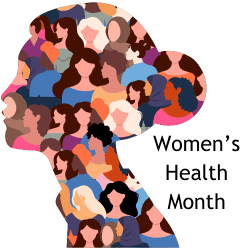
- Make good food and drink choices – avoid processed foods and sugar; focus on fruits, veggies, whole grains, lean protein
- Stay active – Exercise or do other physical activity you enjoy, and often
- Get preventive healthcare – have regular checkups and screenings recommended by your doctor
- Foster emotional well-being – cultivate resilience, practice self-care, nurture healthy relationships, and find balance in your daily life
Remember to “mind your mind” by tending to your mental health just as you would care for your physical health.
Research shows that maintaining a healthy lifestyle can help to lower your risk of many different health conditions, including cancer. Bag It Cancer recognizes the importance of having trustworthy resources specifically for women’s cancers. That’s why we collaborated with national women’s cancer nonprofits to create two Bag It Bags for metastatic breast and uterine cancers. Each bag has introductory information about these specific cancer types and the supportive resources offered by our partners. Order a Bag for yourself or a loved one.
Resources for Women’s Health
Know Your Rights: Reproductive Health Care from the Office on Women’s Health Women’s
Women’ Health from the Centers for Disease Control and Prevention (CDC)
National Institutes of Health (NIH) – Office of Research on Women’s Health
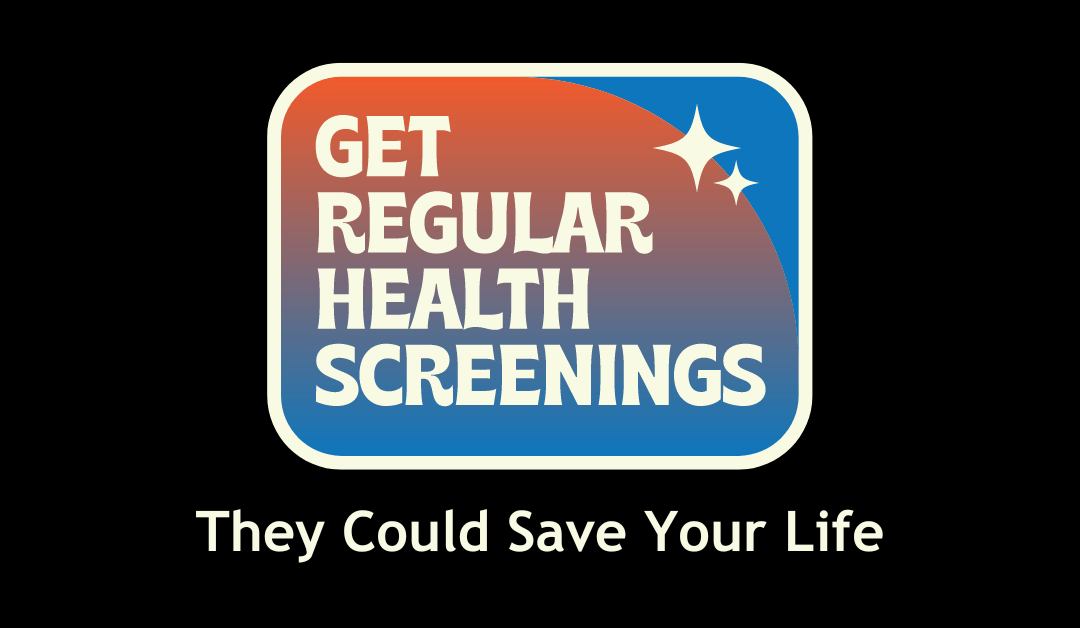
by Bag It Team | Feb 10, 2024 | Educational Articles
Many of us know that making healthy lifestyle choices and getting recommended vaccines can help lower the risk or EVEN prevent some kinds of cancer.
Cancer screenings, which are also cancer prevention strategies, check your body for cancer, even if you have no signs or symptoms. There are different kinds of screenings including:
- A physical exam and personal history
- Lab tests
- Imaging tests
- Genetic tests (these tests look for changes in the genes that may indicate that a person has or is at risk of having a particular disease or condition).
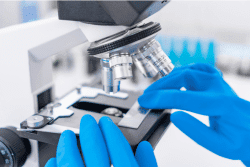
Routine screening tests can help to find breast, cervical, colorectal (colon), and other cancers early, when they may be easier to treat or cure. Many expert organizations provide guidelines for different screenings, but it’s important to talk with your doctor about your personal situation. There are benefits and risks for most screenings, and certain tests may be recommended only for people who are considered high risk for a particular cancer. Together you and your healthcare provider can decide which screenings are appropriate for you.
Remember! When your doctor recommends a screening test for you, it does not necessarily mean they believe you have cancer. Screening tests are used in people with average risk and no symptoms of cancer. Usually these tests, if abnormal, require additional testing to definitively diagnose cancer. If you have symptoms or increased risk based on your personal or family history, you may need to start screening at an earlier age than is typically recommended or may need specialized testing.
Questions to ask your doctor about cancer screenings
- Are any cancer screening tests recommended for me? Which ones?
- Can we talk about the test’s potential risks compared to its benefits?
- When should I start getting cancer screenings? And how often?
- What is the purpose of the test?
- What happens during the test?
- How long does it take to get test results?
- What happens if the results are not normal?
Screening & Prevention Resources
Centers for Disease Prevention & Control, How to Prevent Cancer or Find It Early: Screening
National Cancer Institute, Cancer Screening
Prevent Cancer Foundation, Cancer Screenings and Prevention
American Cancer Society, hundreds of articles on screening and prevention

by Bag It Team | Nov 8, 2023 | Educational Articles
Palliative and hospice care provide similar, but different services for patients and their families that focus on a holistic approach and their quality of life.
Palliative care is a way to help people with serious illnesses feel better physically and emotionally, and it can start at any point in their illness. It works with other types of treatments that aim to cure the illness. By contrast, hospice care is a special kind of palliative care for those with less than six months to live, with a main focus on keeping them comfortable and emotionally-supported during that time.
Here are some important differences between these two kinds of care:
Palliative Care
- Aims to reduce pain and suffering in people with serious illnesses.

Read more from the National Hospice and Palliative Care Organization
- Can start at any stage of the illness, including at diagnosis, and can coexist with treatments, regardless of the person’s expected recovery.
- Can take place in various locations, including hospitals, clinics, or even at home.
- The intensity of medical treatment can vary widely, potentially including strong treatments.
- Often covered by health insurance and integrated into regular medical care.
Hospice Care
- Primarily for individuals with a short life expectancy, often six months or less and involves a team of experts.
- Main goal is to provide maximum comfort rather than aiming for a cure.
- Usually provided at the patient’s home, in a specialized hospice facility, or in a hospital.
- Typically begins when it becomes clear that treatments are not effective, focusing on the patient’s comfort in their final days or months.
- Emphasizes comfort and symptom management, often discontinuing aggressive treatments.
- Often covered by Medicare, Medicaid, or private insurance for eligible patients.
Both palliative care and hospice care provide comfort and support for patients, one throughout cancer or other illness, and the other as one approaches the end of life. Have a conversation with your doctor to figure out the kind of care that’s right for you and your unique situation, so you can live your best life.
Don’t Wait! Bag It Bag and online resources are able to provide ways to empower patients and their families to ask for these services (palliative and hospice care) to improve the quality of life of patients and their families. Order a Bag and explore our Cancer Resource Center.
Additional Resources
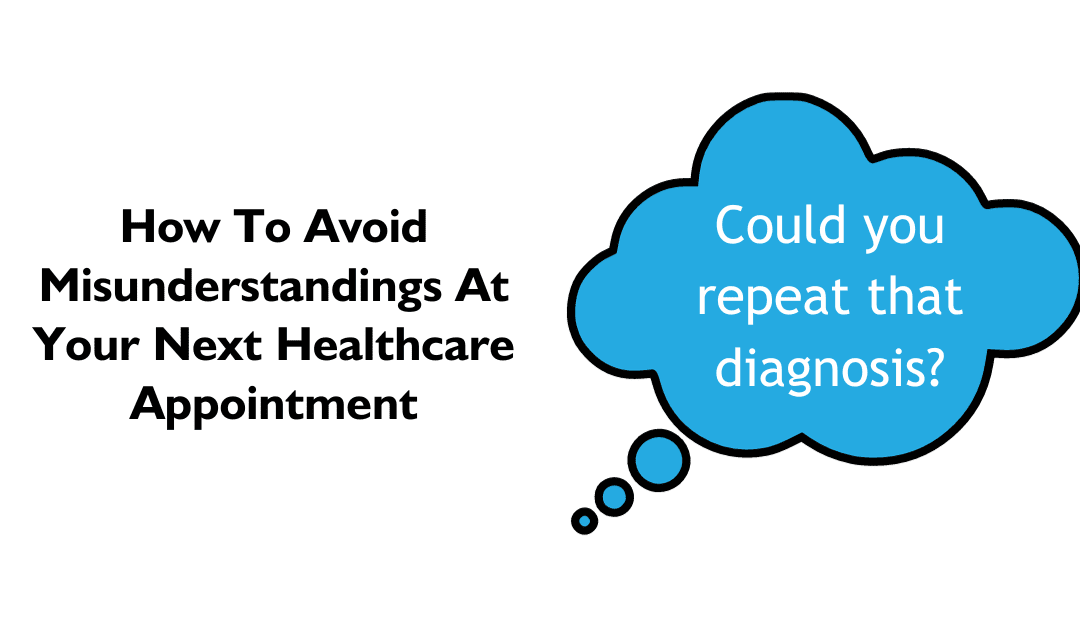
by Bag It Team | Oct 11, 2023 | Educational Articles
You’ve likely experienced a fast-paced doctor’s appointment where lots of new and unfamiliar information came at you that was hard to grasp, especially when you were not feeling well. Health information can be complicated and confusing—even for the most highly educated people with advanced literacy skills.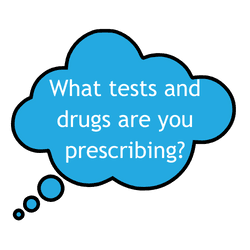
Although many doctors are well-practiced at translating medical jargon (referred to as “doctor speak”) into understandable language for their patients, others may not be as skilled. If you and your healthcare provider come from different backgrounds or cultures, it can also make communication more challenging.
Misunderstandings in medical settings or not having important knowledge about your health and care can lead to bad health outcomes. You might miss out on:
- Understanding your diagnosis and treatment options to make informed decisions
- Knowing what symptoms and side effects to expect and how to manage them
- Taking the right medications in the correct way and at the right times
- Following instructions for home care and follow up care
Taking Control of Your Medical Appointments
Here’s how to be a better self-advocate for your wellbeing by taking an active role during your medical appointments:
- Write down your questions at home and bring them with you to your appointment.
- If you can’t understand information you are given or forms you are asked to complete or sign, don’t be embarrassed to say something to your healthcare provider. Ask questions or have them repeat or rephrase the information using basic words. Making a drawing, a diagram or another type of visual explanation could also be a helpful tool.
- In your own words (paraphrase), repeat back what you heard so the provider can confirm that you understood the information fully and accurately, or explain it further if needed.

- If someone is talking too fast or you can’t hear them well, ask them to speak more slowly or more loudly.
- Ask for a qualified medical interpreter in advance if your doctor is not fluent in the language you are most comfortable using. There are laws requiring most medical facilities to provide this service at no cost to patients.
- Take notes or record the visit (with the doctor’s permission) so you can listen to it again at home.
- Ask for printed information about the medications, test or procedures, treatments and illness or disease (and in your preferred language) being discussed with you. If not is readily available, ask for a reliable resource where you can find the information online.
- Bring someone with you to your appointments as another set of ears, to take notes, or to help with questions.
- Always share your concerns or worries with your provider so you can work together to find a solution.
Additional Resources for You or Your Loved One

by Bag It Team | Aug 14, 2023 | What's New
Amy Cojanis, Bag It Cancer Administrative Services Manager, Mo Osife, Philanthropy/Advocacy Director for Cancer Support Communities of Arizona and Will Grove, Outreach Director of the Brain Injury Alliance of Arizona contributed to a guest editorial on how we can all come together to fight cancer through legislation. We are grateful to these writers and organizations as well as to Arizona co-sponsors like @SenatorSinema @RepRaulGrijalva @RepCiscomani for working to push multi-cancer screening legislation. Read our op-ed on the issue.











Recent Comments